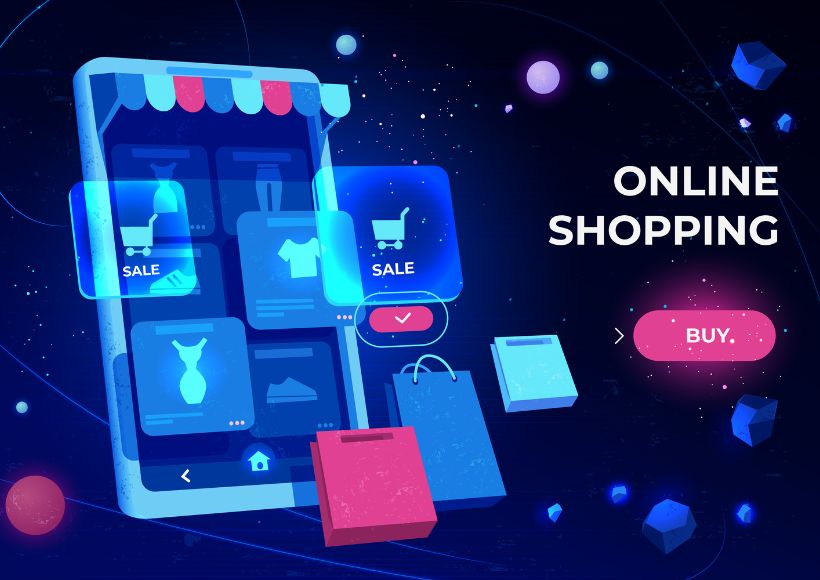Payment methods Of An Online Store

When we set up our business online, one of the most common questions is what payment methods I use in the online store. Although it is true that a priori, the more payment methods you accept, the more you facilitate the sale, the truth is that its implementation is complex at times, and it can be more interesting for you.
To clarify the best payment methods for an online store, we will order them by what we understand to be the order of priority from the most important to the least relevant. Although this may change over time, it is what is most demanded nowadays.
1. VISA or credit card.
For this, we must, on the one hand, request a Virtual POS from our bank, consisting of a page they enable where our store sends them the amount and a concept. The client enters the data of his card that is validated and confirmed by the bank itself (important that our store will not save or request any data from the card).
If the bank has managed to make the payment, it will send a confirmation message to the store to process the order, but if it has not, it will send the refusal.
This form of payment is the most common, very secure and one of the cheapest if we manage the conditions well with our bank since it may not charge commissions or maintenance if we have other services with them.
Its implementation is relatively “simple”, and each manager Magento, PrestaShop, and WooCommerce… have modules or configurations for this form of payment at no cost or meagre costs.
2. PAYPAL
Although almost 30% of the transactions were made through this form of payment a few years ago, every day, fewer transactions are carried out, and it is still the second most used today.
For this, you have to register in PayPal and create a company account to manage the collections, and the advantage is that it is straightforward to implement since almost all stores have a free PayPal module.
As disadvantages for our business, there would be two critical points that reduce its use, the first of which is the commissions that are so high that they charge that they slightly exceed 3% if we do not have charges above 3000.-€/month and the second is the “protection” to the buyer that just by opening an incident in the shipment or the transaction, PayPal automatically blocks the money. The terms are long (up to 180 days).
This gives the user greater confidence when placing an order, but it is true that, as in all sites, sometimes there is abuse by the buyer when opening a claim.
3. Apple Pay
Every day more and more people use their mobile phones to pay. In this, Apple has taken the cat into the water. In principle, it is free for both the buyer and the seller.
Still, the reality is that when you want to integrate it, you usually have to do it through an intermediate gateway (Stripe, for example) that, in addition to incorporating various forms of payment (not only Apple Pay), has PayPal-type commissions, is the way to facilitate integration with multiple platforms and “save” the cost of its implementation.
The great advantage is that users using their iPhone devices only have to validate using their face or fingerprint, and the purchase is relatively fast.
4. Google Pay
The same thing happens with Apple Pay, although, in this case, with Google’s Android system, which occurs statistically, there are fewer payments with Google Pay than with Apple as a payment method in the online store.
It does not have commissions, but since its direct implementation is not so simple, you must use Stripe-type platforms that manage these and charge their commission close to 3% again.
5. Bank transfer
This simple and cheap payment method has fallen into complete oblivion almost due to the need for immediacy. It forces the client to leave the web and enter their bank to enter all our account information to make the payment. This implies that the momentum factor (which is almost 65% in most online sales) is eliminated and the sale can cool down.
On the other hand, as a disadvantage for us, it leaves the order pending confirmation, with the stock blocked and pending from our bank to see if we receive the transfer of the order or not, which is why it is becoming more and more obsolete.
6. Cash on delivery
This medium, widely used 15 years ago, where the mistrust of what we bought, we replaced with a company like Correos that sent the package home, and once we paid the postman, has fallen into disuse both for its costs and for its returns. , the percentage of operations for cash on delivery that is reversed is almost double or triple those charged by VISA, and the client exercises his right of withdrawal.
In addition, in these cases, as with PayPal or Stripe, the management commissions (in this case much more justified) represent almost 4%-5%, which hinders the purchase or forces the price to increase.
7. Bitcoin
Payment with cryptocurrencies such as BitCoin in online stores is very, very residual, this cryptocurrency with a significant fluctuation in price makes the sale accepting this payment method become almost a lottery where we can multiply our margin in days or leave it in severe losses with the sale of the merchandise in this means of payment.
On the other hand, its implementation today is again through different platforms that have incorporated it into their module and allow this cryptocurrency to be managed, among others. In addition, we must be careful that we will have another highly fluctuating “currency”, so it will depend a lot on the treasury we have.
8. Scrow, Amazon Pay, gift vouchers and others
They are very, very secondary payment models (perhaps Amazon Pay is much more common than the others), but in the designs of online stores for companies, they are the most residual of all, where the first one is paid to a third party who pays us, the second is the Amazon payment platform and the third is checks that we have previously sold. We manage this coupon as a means of payment.
It is clear that in terms of the payment methods of an online store, everything will depend on where we are in our project (it is different to start with a limited budget and tight margins than with solvency and products with good margins). ) to absorb various means of payment, the type of product we sell (technology, computing, clothing, food…), our billing volume, liquidity… that will determine our options. Each client has a need and an objective.
Therefore there is no single solution for all, which should not be like that. Good advice is essential to make the right decision based on our needs.
Also Read : Landing Page, How To Design It And What It Is For.




